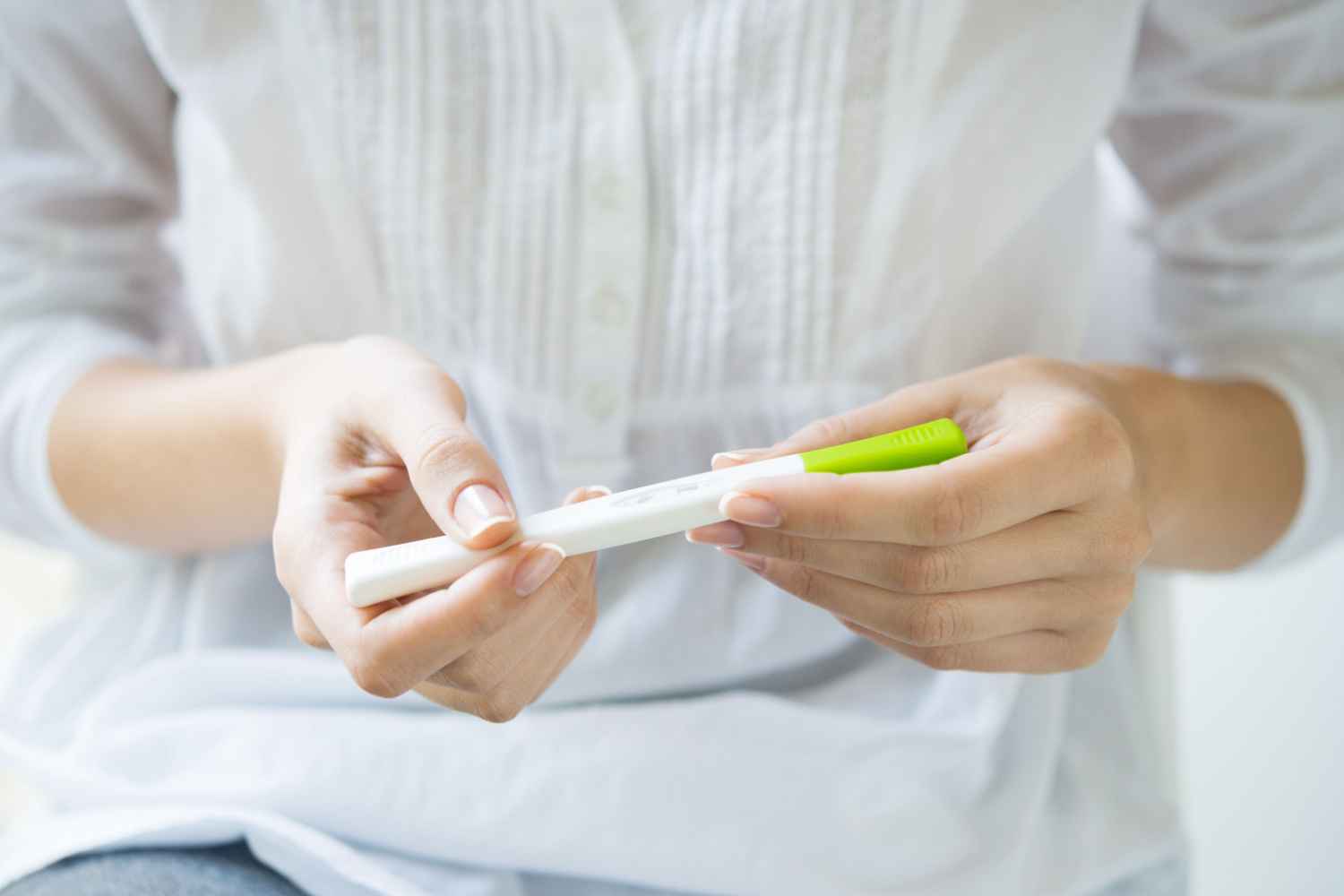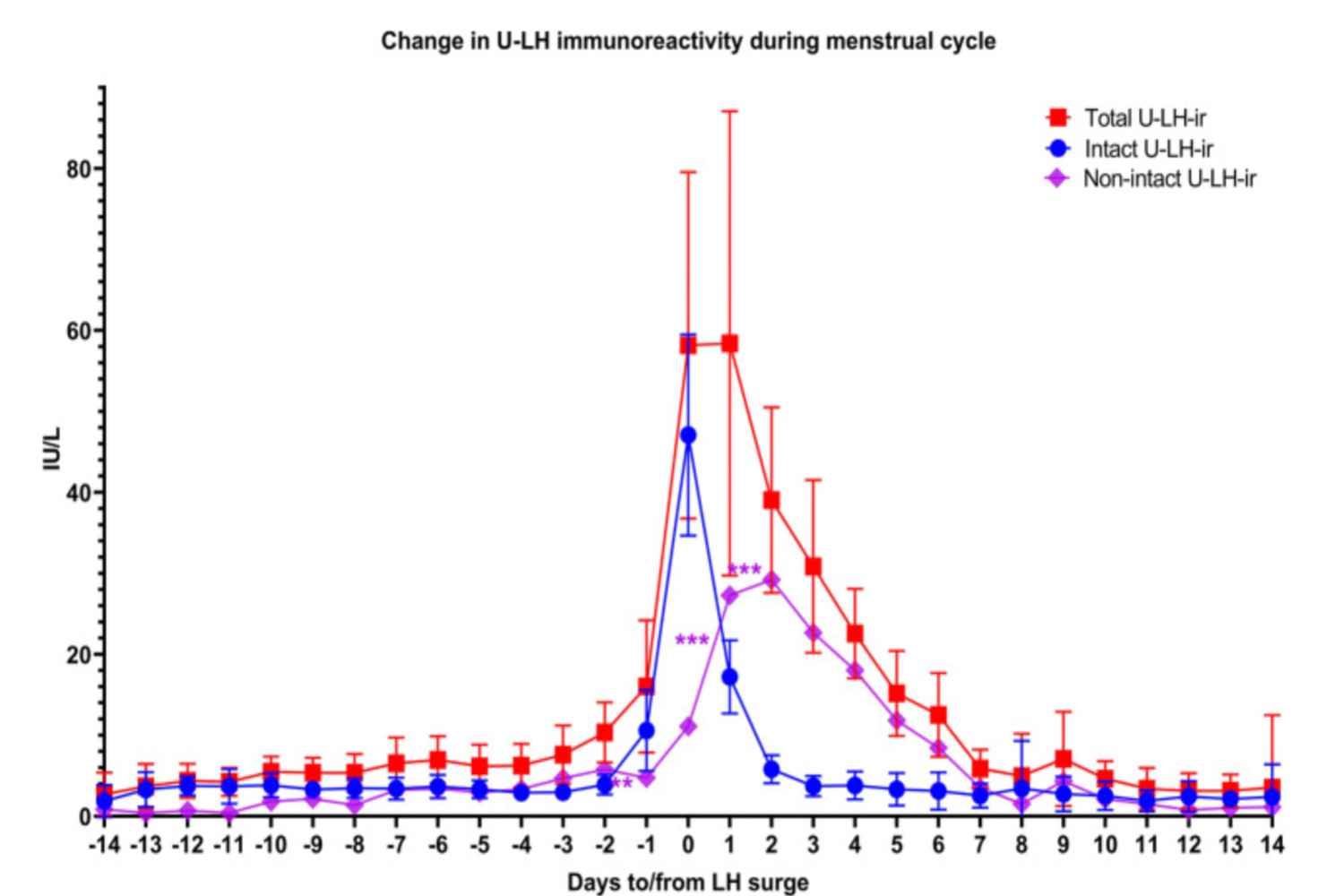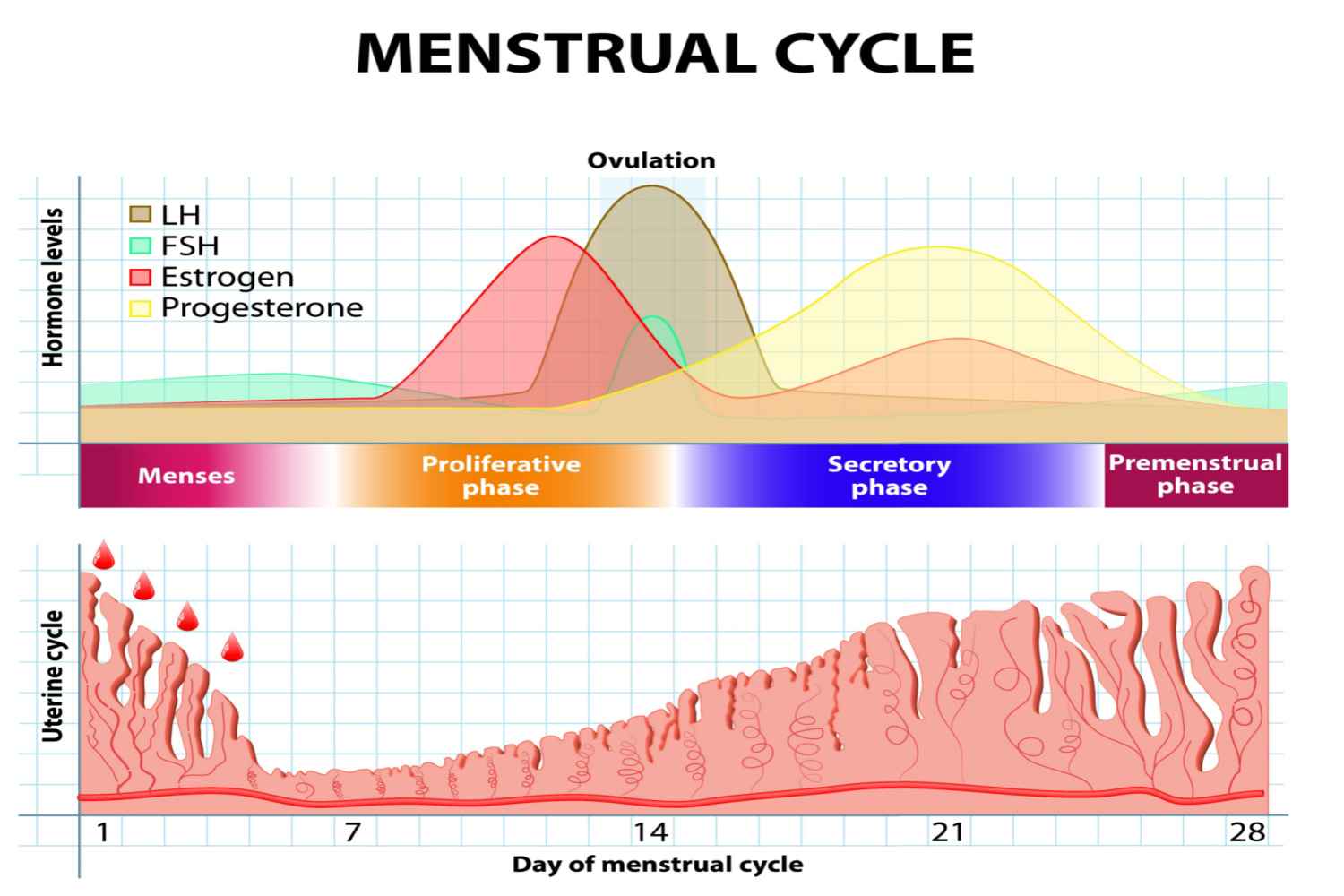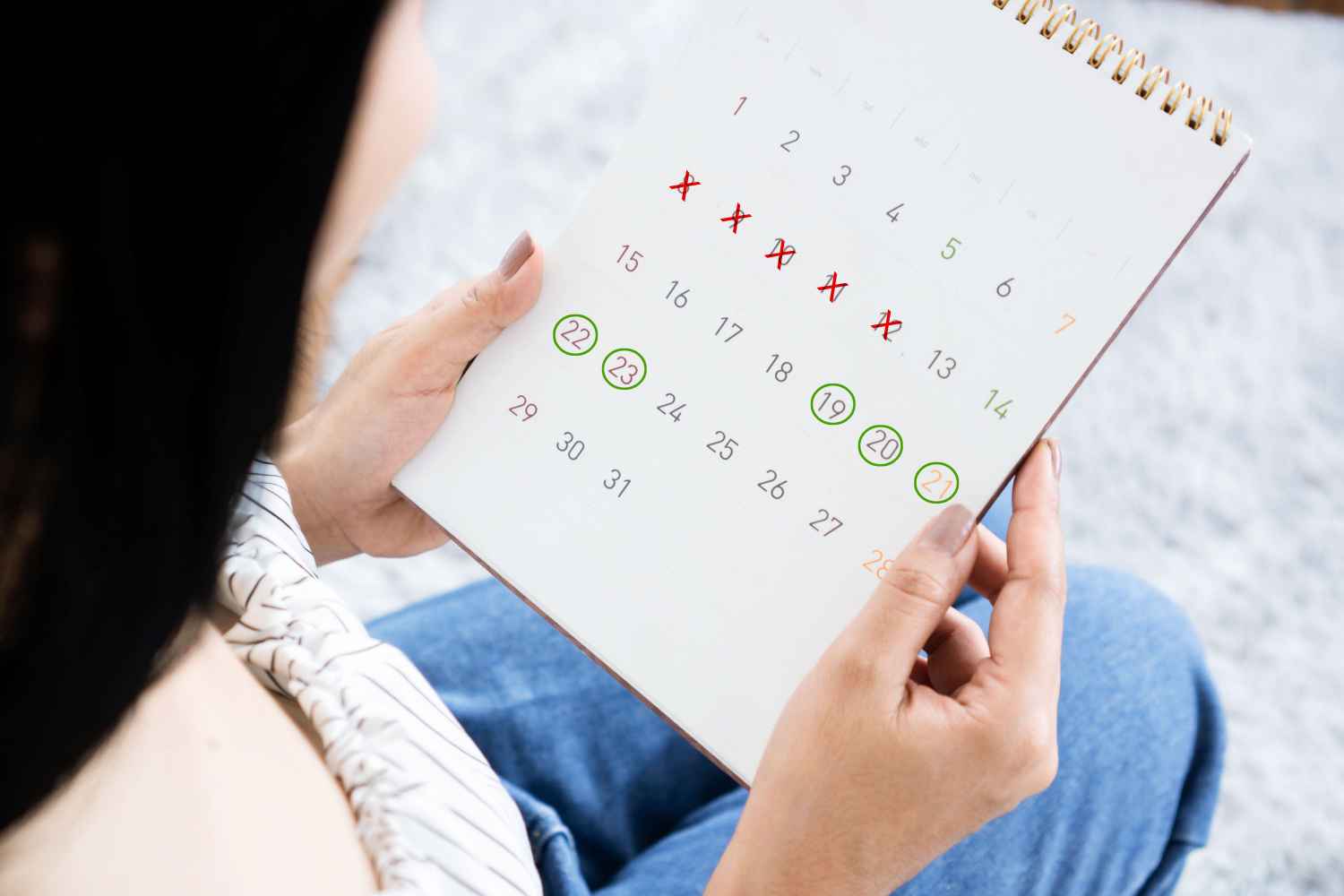
Women who are trying to conceive but failing every time might not be aware of their fertile window. On average, a woman has six days during the menstrual cycle when pregnancy chances are high. This period is referred to as the fertile window of a woman. The fertile period begins approximately 4-5 days before ovulation or the egg’s release. Within the fertile period, there are two consecutive days when women are most fertile, this phase marks the surge in luteinizing hormone or LH.
By tracking the LH surge level, women can have better chances of getting pregnant and fulfilling their dream of having a cute little angel in their hands. There are several methods to track your LH surge easily. In this blog, we’ll answer all queries about luteinizing hormone, when it occurs, how frequently you should test it, and more. So, continue reading to understand the LH surge.
In This Article
- What is Luteinizing Hormone?
- What Are the Causes of LH Surge?
- How is the LH Surge Detected in Women?
- When Does LH Surge Occur?
- How Frequently Should You Test For LH Surge?
- How Long Does the Surge in Luteinizing Hormone Last?
- FAQ’s
What is Luteinizing Hormone?
LH is a hormone secreted from the pituitary gland (1). Luteinizing hormone is generally secreted in low quantities throughout the menstrual cycle. However, luteinizing hormone secretion surges when the egg follicle reaches a specific size, indicating the midpoint of the cycle.
The ovulation process begins after 24 to 36 hours after the hormone attains its peak. Ovulation (2) refers to the release of ovum from the ovary. This indicates the beginning of the fertile period. When the egg is released from the ovary, the empty follicle will convert into corpus luteum, further releasing progesterone to support pregnancy.
What Are the Causes of LH Surge?
LH surge is the most significant event for women as it initiates ovulation and helps in regulating the reproductive system. The rise in luteinizing hormone levels is primarily triggered when the hypothalamus glands secrete gonadotropin-releasing hormone (GnRH). The rise in GnRH stimulates the anterior pituitary gland’s production to release luteinizing and follicle-stimulating hormones. The hormone surge triggers ovulation within or after 24-36 hours (3).
How is the LH Surge Detected in Women?

The increase in the Luteinizing hormone can be detected in women by using a urine sample of LH serum with ovulation predictor kits (4). The surge in luteinizing hormone can also be detected through blood tests in certified laboratories. However, testing in the laboratories through blood is an invasive procedure and inconvenient for the women to get pricked and detect blood to identify LH surge in women each day.
Therefore, a urine-based LH test, a non-invasive procedure, can be used to detect LH surge in remote zones. The qualitative test allows women to understand their fertility days and plan their pregnancy accordingly. Ideally, you should start testing the level of LH 18 days before the beginning of the next periodic cycle. Another study shows that the level of LH in the blood remains at its peak around midnight, and once the LH shows in the blood, it takes some time to appear in the urine. So, it is advised to test urine in the morning.
When Does LH Surge Occur?

Luteinizing hormone surge occurs a day or two days before ovulation (5). Therefore, understanding how long your menstrual cycle is (from one menstrual cycle to the next) may help to identify the most fertile period for intimacy to get pregnant quickly. In the meantime, you can also start testing your LH surge after 10 days of your menstrual cycle or before the 14th day, considered the ovulation day in women.
How Frequently Should You Test For LH Surge?
It is optional to conduct an LH surge test every day by yourself or multiple times a day. Generally, ovulation occurs on the 14th day before the beginning of the new periodic cycle (2A). LH surge will occur a day or two days before the ovulation begins. Therefore, you can understand the length of your cycle (counting from the first day of menstruation to the next time) to predict the 14th day of ovulation and the surge as well. For instance, your periodic cycle is 28 days. Day 1 marks the beginning of periods, and ovulation may likely occur on the 14th. In that case, you might get positive results of LH surge a day or two days before the 12th or 13th day. During this day, it might be an excellent decision to start surge testing every day in the morning.
How Long Does the Surge in Luteinizing Hormone Last?

Luteinizing hormone surge duration may vary in women. However, the surge lasts only for 12-36 hours. A study on 107 women was done where 326 cycles were noted. The study indicates that nearly 78% of women ovulate under 48 hours when an LH increase is peak fertility. Additionally, 6% of the women’s surge ended before the ovulation day has been confirmed through ultrasound. 94% of women continued with the surge even after ovulation day, and 60% of the women still had positive results of LH surge after 3 days the ovum was released from the ovary (6). Therefore, if you are trying to conceive, you can wait for the LH surge and track your cycle to improve your chances of pregnancy.
In a nutshell, a woman has a short window for successful conception every month. Therefore, it would help if you track the increase in LH using an ovulation test kit. This helps to enhance the guesswork about the most fertile period for the pregnancy. Tracking the periodic cycle enables you to understand the best time for intercourse to get pregnant. The ovulation kit may be reliable for knowing the fertile period but may provide less than 100% accuracy. In such instances, you should track your monthly cycle and monitor body changes to make your pregnancy dream come true.
FAQ’s
1. Does LH Surge Occur in All Women?
Yes, LH surge occurs in all women because a woman cannot ovulate without an increase in luteinizing hormone (2B). The surge in luteinizing hormone helps predict the fertile period and getting pregnant faster.
2. Why is Luteinizing Hormone Surge Essential For Ovulation?
The luteinizing hormone surge is essential for ovulation. The increased LH also raises intrafollicular proteolytic enzymes that weaken the ovarian wall. It allows mature follicles to pass from the ovary and enter the fallopian tube. Moreover, the increase in luteinizing hormone also initiates corpus luteum formation, which is primarily responsible for progesterone synthesis.
References
- Physiology, Luteinizing Hormone – StatPearls – NCBI Bookshelf – [https://www.ncbi.nlm.nih.gov/books/NBK539692/]
- Physiology, Ovulation – StatPearls – NCBI Bookshelf – [https://www.ncbi.nlm.nih.gov/books/NBK441996/]
- Gonadotropin-releasing hormone requirements for ovulation – PubMed – [https://pubmed.ncbi.nlm.nih.gov/9116125/]
- Clinical efficacy of LH-Color: A new home ovulation test – ScienceDirect – [https://www.sciencedirect.com/science/article/abs/pii/0020729290904795]
- Identification of the LH surge by measuring intact and total immunoreactivity in urine for prediction of ovulation time | Hormones – [https://link.springer.com/article/10.1007/s42000-022-00368-9]
- Relationships between the luteinizing hormone surge and other characteristics of the menstrual cycle in normally ovulating women – [https://fertilitycare.fr/wp-content/uploads/2017/03/direito-2013.pdf]

